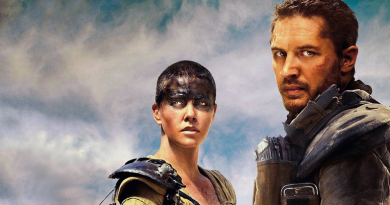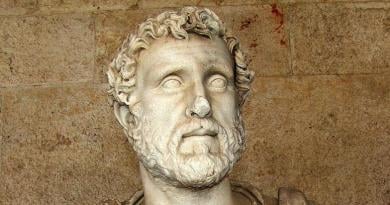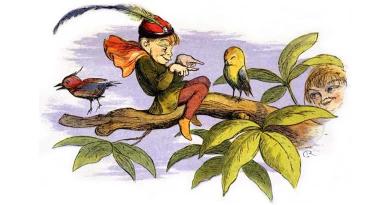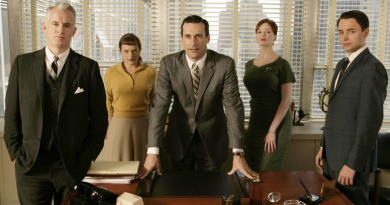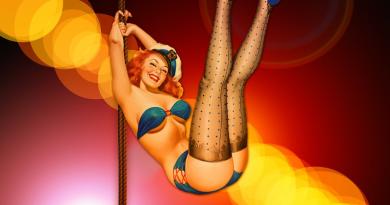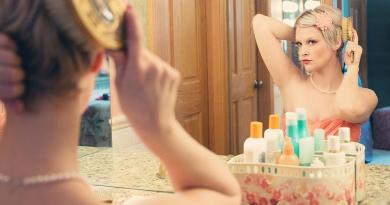It all began with one of the most artfully shot sequences this reviewer has ever had the joy to experience. From the moment the single-pan shot began, from left to right around across the shopfront in which most of the action in the opening sequence takes place, I knew for a fact that not only I, but every cinema-goer in the theatre as well, was in for a stunning visual treat. Such a bold and socially irresponsible statement could only be made within the boundaries of one genre - Cinema Commerciale.
Cinema Commerciale is an entity unto itself, drawing heavily from outside influences and fusing them in such a way as to make the process of film making irreversibly tight. From the music laden with aural hooks to the vision and scripting, Cinema Commerciale aims to inform the viewer more than it does to entertain.
As an exponent in commercial cinema, the fair and competent directorial hand of Val Morgan reigns supreme. Morgan's eye for clarity is matched only by those of the cinematographers he employs. Morgan is well known for using several different cinematographers at once on his films, enabling him to capture many different perspectives, yet convey a distilled sense of holistic, informative narrative that makes its message felt beyond doubt.
The aim of his style - to ensure that the message is remembered well beyond the viewing experience, has been questioned in the past, drawing criticism from his early experimental techniques involving the use of subliminal images. Subliminals are nothing new in the cinematic world, and Morgan has had to defend its use within this medium vigorously.
But it's the clarity (I keep coming back to that word) with which the tale is packaged and presented that sets this film apart from all others. Morgan's work has always been recognised by both the viewing public and the cognoscenti of the cinematic world. The latest instalment from the genre is no exception. organ has assembled a stellar ensemble cast who have all been prepared to work uncredited, a hallmark of the style. The entire cast has benefited from Morgan's dab hand at work behind the camera.
A hugely sophisticated fusion of oral testimony and audio-visual evidence, Morgan strives to establish a narrative that is believable yet dreamlike in its intensity - a lofty goal indeed that only a director of Morgan's calibre could aim for. Using a visual sense that could only be described as 'carnivalesque', and audio cues that surpass everyday shopping experiences and head into the realm of the supernatural, Morgan paints a shimmering image that encapsulates the unbridled joy that accompanies such a triumph over the inherent sadness of the human condition.
It is the sense of the dramatic that sets this piece apart from the rest of Morgan's efforts. The obvious mutual distrust and simmering contempt between both the customer and the clerk adds necessary tension and poise to the action, prior to the major turning point in the film - the purchase.
The purchase itself is a laboured metaphor for the transferral of information and ideas from filmmaker to moviegoer, and its use in this piece would obviously have caused concern for Morgan in the early stages of production. However, it has been masterfully handled by this director as he seeks to drive home the point of both this and his many previous efforts.
We are thankfully spared a painful re-staging of the purchase for each of the characters, as Morgan involves the viewer and challenges them, forcing a leap of faith in understanding that our heroes have in fact all performed the action. It is unspoken, but well realised, that each of the characters lives have been led in order for this action to occur - presented as fate, the purchase provides a climax to the film that is sure to leave every viewer gasping for more.
The pay-off for the audience is seeing the unbridled joy of ownership for the cast, yet even this moment is tinged with a sense of yearning. We are allowed by Morgan to see the bounty held in the arms of the characters, but its consumption is left implied - perhaps a suggestion to the audience by the director that life's lessons are best learnt by individual experience, but the decision as to which lessons must be learnt are best guided by the experiences of all who have gone before us.
Narration is an almost forgotten art in cinema, relegated to the back shelves of director's cuts and DVD special features. Morgan does not shy away from using the device, and it is when the narrator offers the phrase that is destined to be come a classic line of modern cinema, the spine tingling effects are clearly felt.
"Don't forget to visit the candy bar... for all of your snacks and beverages."
I will remember that line until the day I die.
I give this film four and a half stars.
I went to the movies
What do you think, did we get it right? Comment here...
Popular Content
WANT MORE FUNNY LIKE THIS? FOLLOW US ON FACEBOOK

